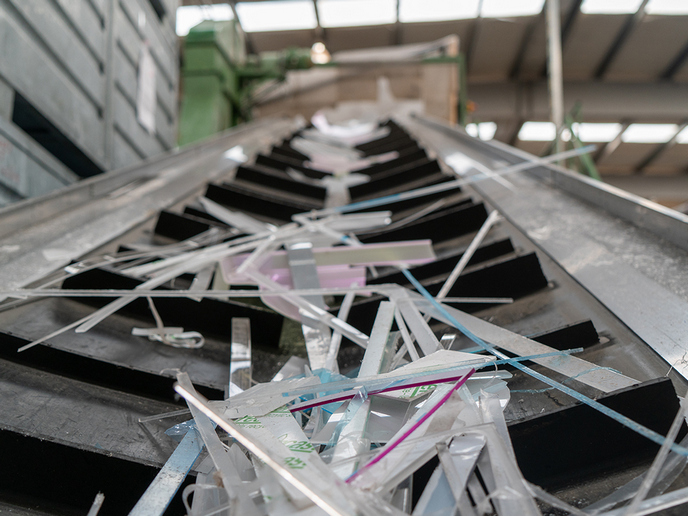Virtual designing reduces plastic component manufacturing costs
Therefore a virtual prototyping project for the manufacture of plastic components was initiated. The new methodology has already seen the virtual prototyping technique being applied to a previous project that complies with environmental concerns for plastic moulding and surface treatment technologies. It does this by applying very detailed verification activities that reach high standards of quality for the new products, but with reduced development costs. This method thus avoids having to build physical prototypes, which in turn enables project errors and ergonomic problems to be solved prior to production. Generally speaking, the virtual design methodology optimises the complete component development of new plastic designs and materials. Also, and because of its ability to visualise the reality of the end product, it is able to reduce the time for defining the style of the plastic components. The current experimental methods are more expensive because they use traditional prototyping activities. However, the virtual design method can study the kinematics mechanisms, assembly phases and installations, interference analysis and minimum disaster checks; and all of them in real-time. During production, all the work stage generated information is immediately made available for data input for other phases, which in turn generates permanent control feedback on the component data prototyping. Consequently, new plastic component development costs are reduced, and foreseeable quality is enhanced without the need to use traditional experimental prototyping processes.







